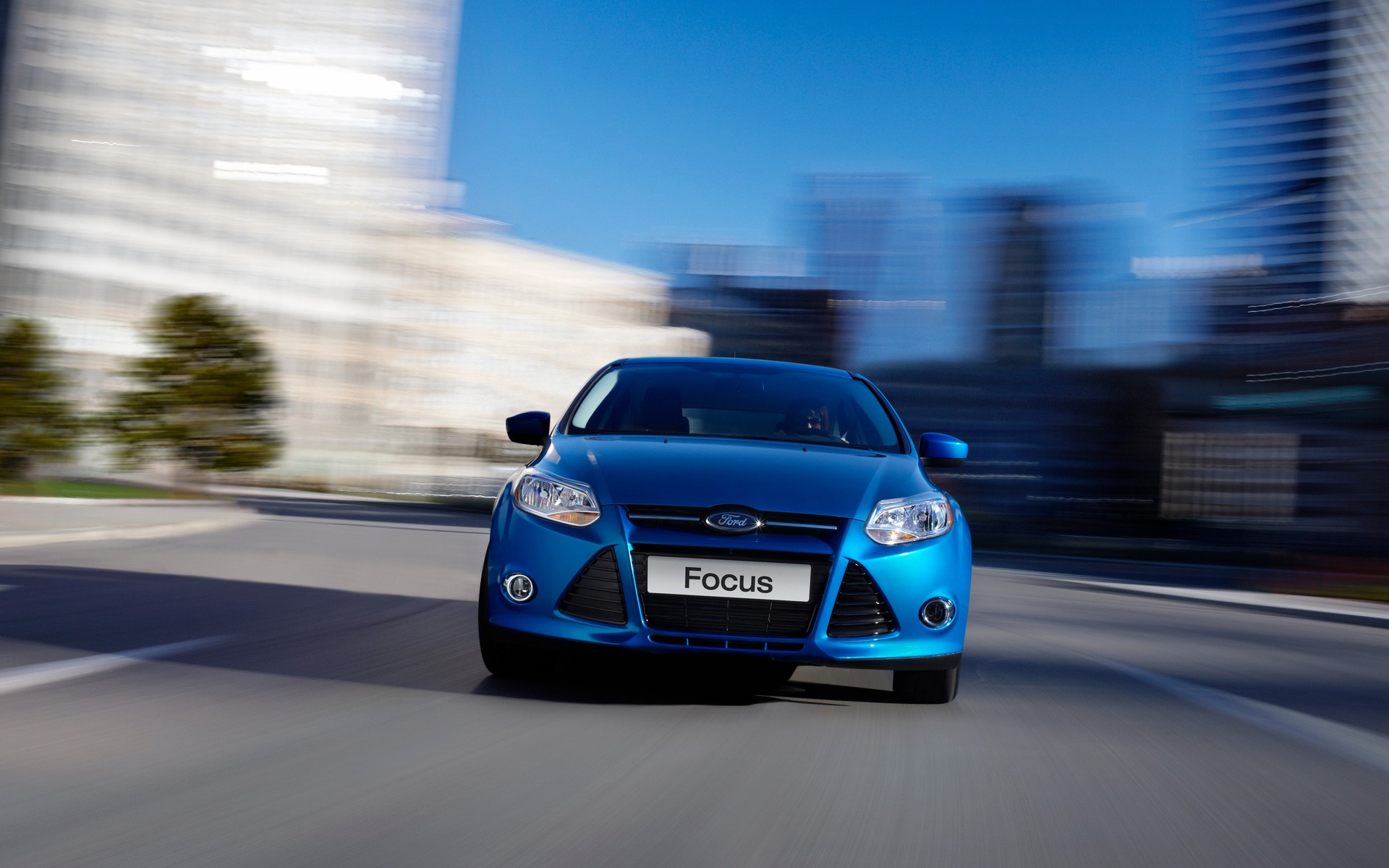Torque Vectoring, an Important Aspect of Active Safety
The general public may not know much about this technology, but it’s being included on a growing number of affordable vehicles. In fact, Ford has been a pioneer in the matter, equipping the 2012 Focus with torque vectoring technology, a first in the mass-market compact car category.
While the name suggests exclusive technology, the way it works is relatively simple. When sensors positioned in various locations throughout the vehicle detect a loss of lateral traction, torque is transferred to the wheels with the most grip, allowing you to continue on your way without losing control. Up to a certain point, selective braking was used to stabilize cars on corners. With torque vectoring, power is selectively redistributed to the wheels with the best hold, which makes for a much faster and more effective system.
- Also: Blind Spot Detection System: Your Trusty Co-Pilot
- Also: Drowsy Driver Alert: The Accessory that Could Save Your Life
It’s important to note that none of these technologies would have been developed if it weren’t for anti-lock brake systems (ABS). The detectors used to analyze wheel speed and prevent them from locking are what pushed engineers to design anti-skid systems that detect wheel rotation speed and ensure good traction with selective brake use. This time, it’s engine torque, an even more effective solution with the added benefit of preventing premature brake wear. The advent of vehicle management, traction and braking systems explains, in large part, why more and more automakers are using torque vectoring technology.







